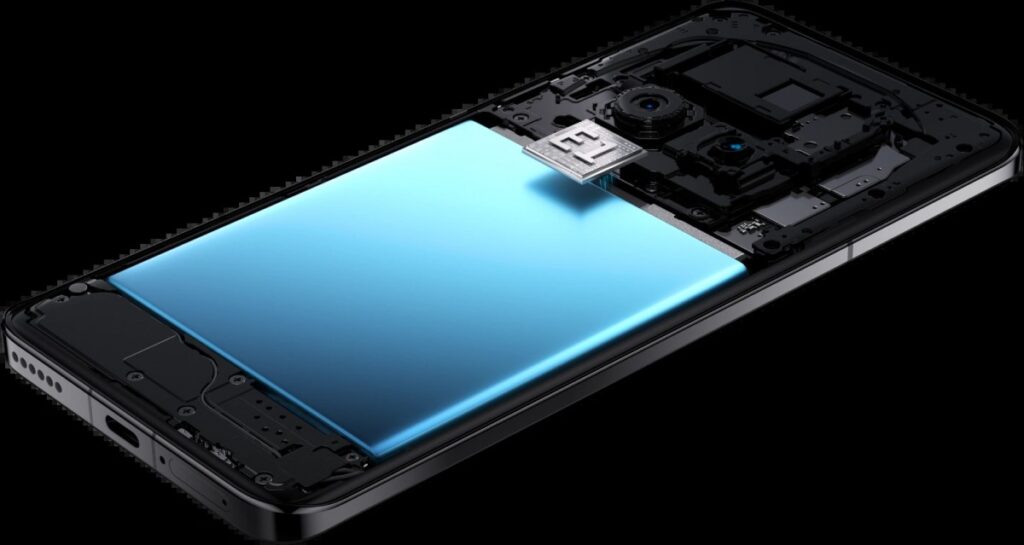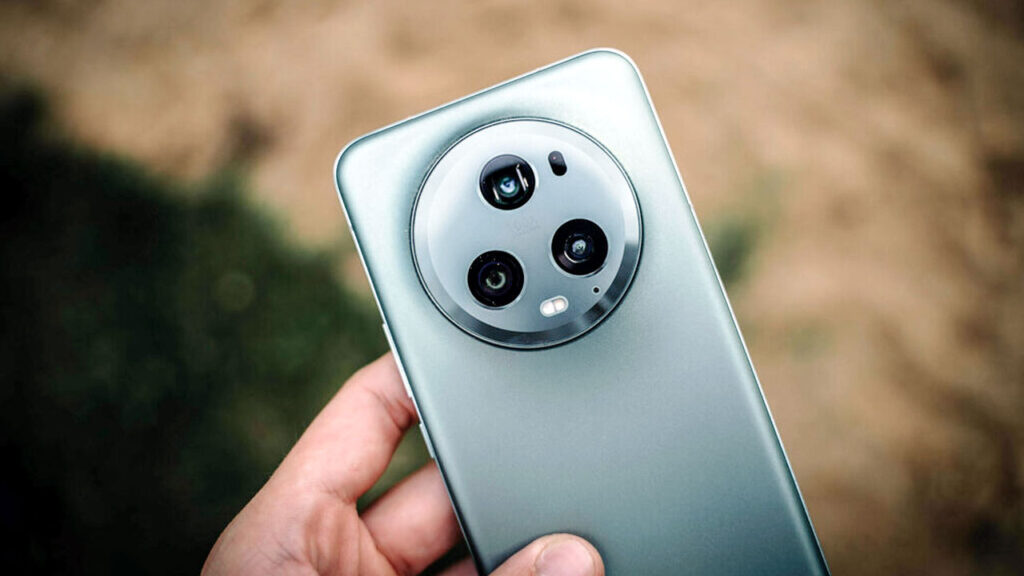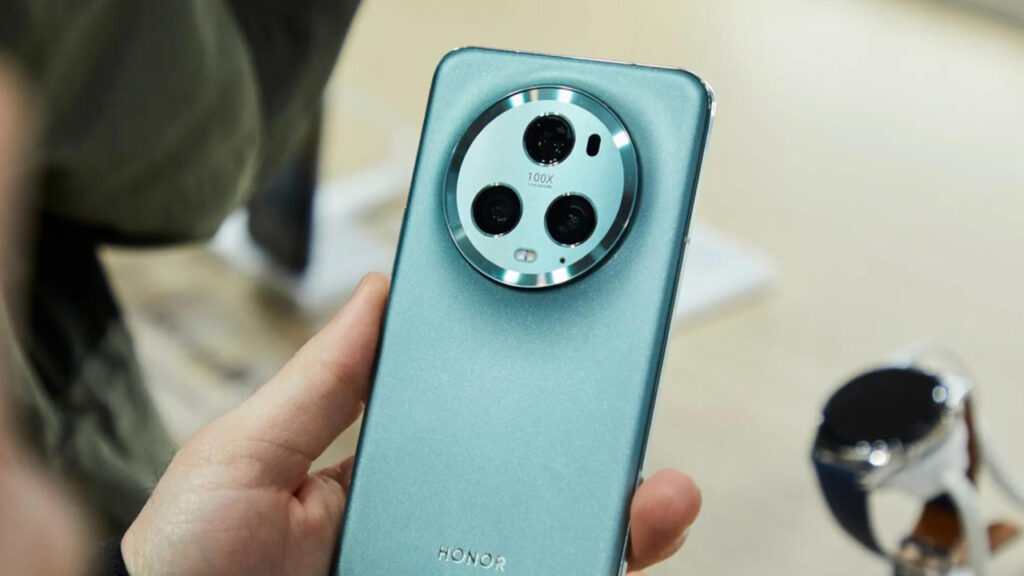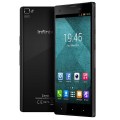Honor Magic 6 Pro will Have Second-Generation Silicon Carbon Battery
The recently unveiled Honor Magic6 Pro introduces a second-generation silicon-carbon battery, a groundbreaking innovation that enhances performance across diverse conditions and increases power density. This battery is groundbreaking in the smartphone world, featuring a unique standalone chip known as the Power Enhanced Chip Honor E1.

Distinguishing itself from conventional graphite-based batteries, the new technology utilizes silicon for the negative electrode. Silicon presents several advantages, with its density being the most noteworthy. The silicon anode offers a remarkable 10 times the power density of graphite. However, it expands in volume by up to 300% and has a shorter life cycle. To mitigate these inherent challenges, Honor employs a silicon-carbon anode.

Honor emphasizes the significance of Microtunneling Laser Guidance technology, particularly when applied to the silicon-based anode. This technology enhances the contact area between the electrolyte and the silicon-based anode, unlocking usable capacity in the low-voltage range. In essence, it contributes to an increased battery capacity, allowing users to utilize more of the available charge.

Beyond advancements in capacity, the second-generation silicon-carbon battery also boasts improvements in charging capabilities. The inclusion of a standalone chip dedicated to battery management ensures optimal performance.

This chip dynamically adjusts the current based on environmental conditions and loads, contributing to enhanced safety, better performance in extreme weather (especially in cold temperatures), and more accurate percentage readings of the remaining battery. As a result, the Magic6 Pro can charge at 80W, surpassing the previous 66W charging speed.

Honor proudly asserts that the Magic6 Pro excels in efficiency, outperforming other smartphones at -20°C. It is noteworthy that Tesla has been actively developing similar battery technology since 2016 and has already implemented it in some of its vehicles.
Published on 02/4/24 11:13 | by Rawa John








